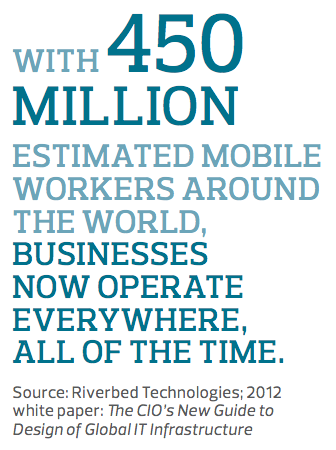5 Things to Consider Before Upgrading Your Wireless Network Infrastructure

As mobile devices become more common in the workplace, IT managers must prepare their infrastructures for wireless access and networking. A key part of their strategies will have to address network performance, which is critical for providing a wireless user experience that is as good as a wired one. Consequently, many IT managers are upgrading their infrastructures to better support mobile devices and provide ubiquitous connectivity.
Advancements in wireless networking have allowed for more agile and accessible infrastructure. So much so that challenges such as bandwidth and application performance are no longer an issue. But before implementing a new wireless infrastructure, there are many things you must consider:
- Layout: The number of locations, the layout of the buildings and the users are all important factors in the design of a wireless architecture.
- Environment: Understanding the environment is important to the architecture of a wireless infrastructure. Vibrations, as well as dust and other particulates, might require a different configuration in order to achieve optimum performance.
- Applications: It’s critical to know which applications need transmission. Voice, video and data applications have different demands, so identifying the applications will help determine the required bandwidth.
- Management: Wireless network management software can report valuable usage statistics, detect rogue access points and more. The right management software will depend on the monitoring wants and requirements of the organization.
- Security: Wireless networks can be more secure than wired networks because of encryption of the data when transmitted, but there needs to be a special emphasis on threat prevention solutions when possible. A detailed assessment can determine which security precautions must be implemented.
The demand for healthy networks is only increasing. For more information, download our freeNetwork Infrastructure reference guide.







